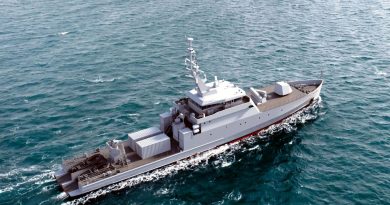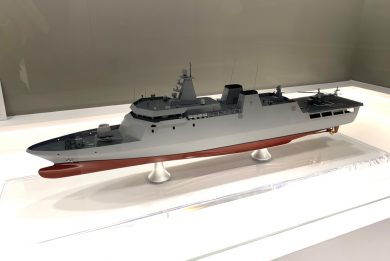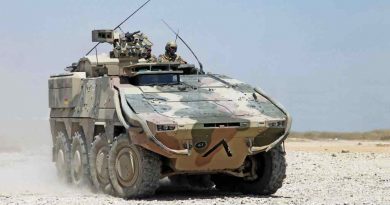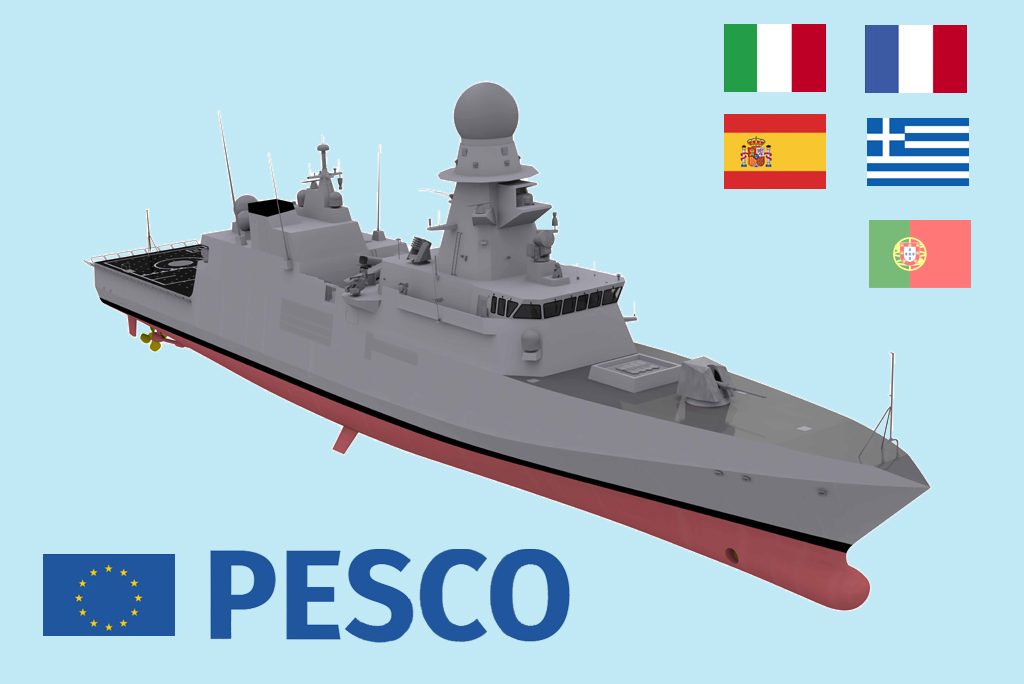
The PeSCo’s European Patrol Corvette (EPC) programme gains momentum *
Under the European Union’s Permanent Structured Cooperation (PeSCO) framework, the European Patrol Corvette (EPC) programme is advancing, and is enlarging the number of EU member states participation. Italy is the programme coordinating country of the EPC programme, which sees also the participation of France, Greece and Spain as Participant Member States (PMS). During the Defence iQ (a division of IQPC) OPV International 2020 virtual conference, speaking about the PPA (Pattugliatori Polivalenti d’Altura) multirole patrol (combatant) vessels as well as the EPC programme, Italian Navy General Staff representatives highlighted the recent joining of Portugal into the latter programme as observer nation.
Since the letter of intent signature between Italy and France in June 2019, the programme approval within the 3rd wave of PeSCo projects came in November 2019. The European Patrol Corvette programme objective is to design and develop a new family of military (NATO War Limited Ship) vessels, based on a mono-hull concept with different versions including dimensions and propulsion systems, capable to host several systems and payloads, in order to accomplish, with a modular and flexible approach, a large number of tasks and missions, from combat to presence and surveillance.
After the kickoff meeting in May 2020, with the participation of representatives of all the participant member states and of the European Defence Agency (EDA), activities are underway aimed at formalizing the designation of the EDA as the institutional framework for common requirements definition and harmonization. According to the presentation, the EPC is expected to be developed in, at least, three main versions, including a patrol version aimed to meet Italian and Spanish requirements, a long range version for France and a higher speed and probably more combat capable version for Greece. The family is being envisaged as a flexible and modular design to be customized in terms of platform and combat systems.
While the final requirements will be established thanks to the common definition and harmonization phase, to be headed by the European Defence Agency (EDA), the patrol version is emerging capable to satisfy the almost similar needs of Italian and Spanish Navies. The first has to replace the fleet of combatant and patrol OPVs of the Comandanti, Costellazioni I and II classes, while the second is to substitute at least four Serviola-class and two Infanta Elena-class OPVs. The version is expected to be optimized for ASuW/AAW (Self-Defence) missions, with provisions for limited ASW capabilities. The propulsion system is to have a CODLAD (Combined DieseL And Diesel) configuration ensuring a 24 knots maximum speed. France is however looking to replace the six Floreal-class light frigates with a Long-Range (LR) version ensuring long endurance (from 8,000 to 10,000 at 14 knots) to operate abroad for long periods. The platform is also to have a flexible propulsion plant (envisaged as CODLAD). The Greek Navy is looking for a higher speed version which is expected to feature a CODAD (COmbined Diesel And Diesel) propulsion configuration ensuring a maximum speed of 28 knots. The three navies versions will be different and customized according to the respective needs, emerged during the Defence iQ OPV International 2020 virtual conference. The Italian Navy is planning an 8-ships class with in-service date from 2027, while the French Navy is working on a 6-ships requirement and in-service date from 2030 to 2034. The Spanish Navy representative in his presentation about the service’s operational use and plans for OPVs, indicated a need for an unspecified number of OPVs to be replaced by 2023 onwards, which has been specified at an early stage in at least six ageing vessels.
On the industrial side, according to sector sources, the Naviris joint venture (between Naval Group and Fincantieri) and Navantia are working towards a soon-to-be signed joint effort to prepare common proposals for the 2021 funding calls of the European Defence Fund (EDF), in parallel to the programme development and contract award. The programme is also expected to provide a push also for the European’s combat and platform systems suppliers as in addition to current and future EU potential customers, the new platform versions family is being envisaged as to include a variant to be offered on the export market.
* This article was composed before the ECP briefing presented by Naviris and Navantia at Euronaval-Online on 21 October 2020
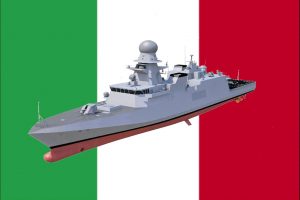
Early Italy’s EPC design concept revelead
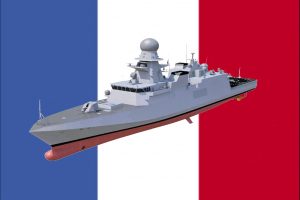
The French Navy Long-Range version
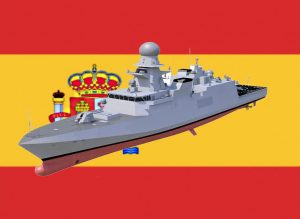
The Spanish Navy vision for future OPVs based on the EPC design
Computer generated images are notional, and were provided by the Italian Navy during the IQPC conference. They do not represent the final EPC configuration, as this will be available only following the convergence of the various nations requirements.

